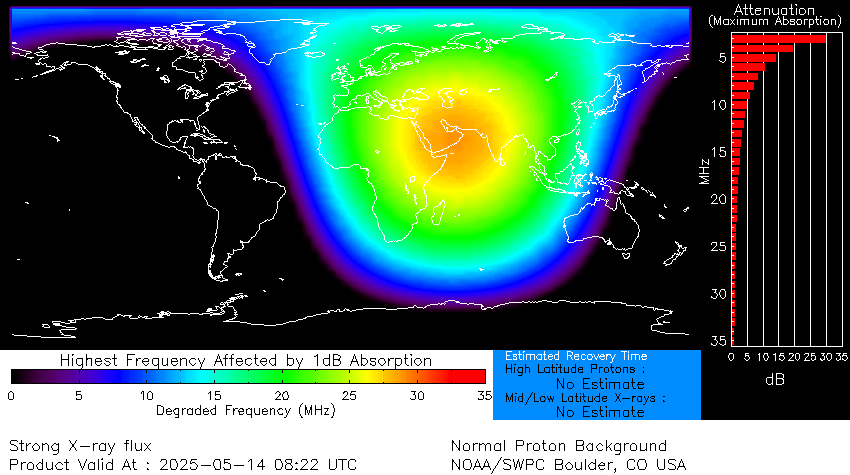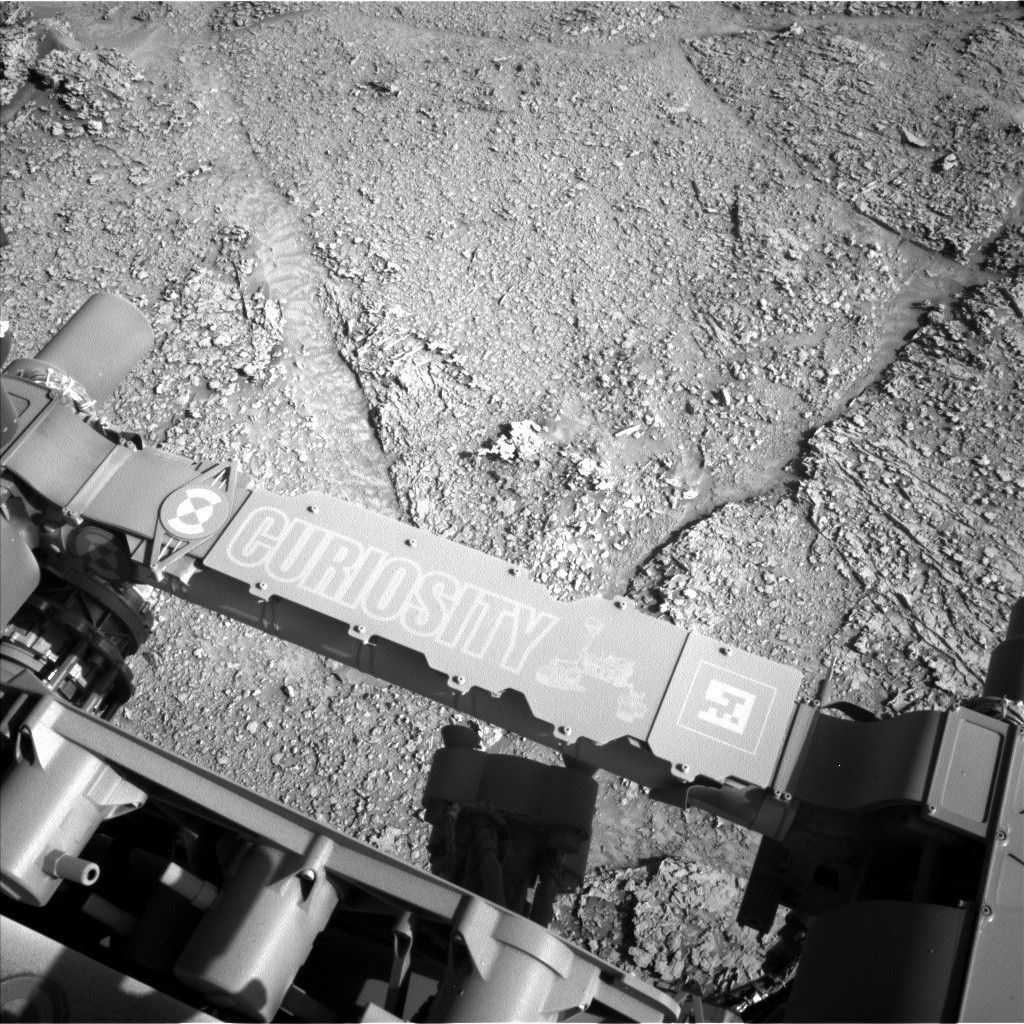Editor’s note: The Geminid meteor shower will light up the night sky in 2021 from Dec. 4-17, peaking Dec. 14, according to the Royal Observatory in Greenwich, London. Find out when, where and how to see this year’s display with our guide to seeing the best meteor showers of 2021, and check out amazing Geminid meteor photos by stargazers.
The Geminids usually put on a dazzling display that wows skywatchers around the world each December. NASA says astronomers consider it one of the “best and most reliable” showers of the year, but the shower actually did not start occurring until very recently (in astronomical and human terms).
First reports of the shower emerged in the mid-1800s, but at the time there were only 10-20 meteors per hour. These days, it’s more like 120 meteors at the peak.
Astronomers are puzzled about the number of meteors observed. While scientists have known for a generation about the source of the shower — an asteroid named 3200 Phaethon — the volume of the shower’s meteors is strange given the observed amount of debris.
- Empty list
Clouded origins
The Geminids appear to come from the constellation Gemini, but in reality it is fragments of 3200 Phaethon that cause the sky fireworks. The asteroid has a debris trail in orbit around the sun. Once a year, Earth runs into this dusty path, which intersects our planet’s path through space.
The Infrared Astronomical Satellite first spotted the asteroid in 1983. Phaethon was named after the driver of sun-god Helios’ chariot because it gets so close to the sun — within about 13 million miles (21 million kilometers), or only 14 percent of the distance between Earth and the sun. Harvard College Observatory’s Fred Whipple was the first to observe that Phaethon produces the Geminids.
Some astronomers think a chunk of dust was carved off of the asteroid a few centuries ago, NASA’s Bill Cooke, from the agency’s Meteoroid Environment Office, said in a 2012 interview with Space.com. It’s probable that a crash with another space rock produced the dust, which stayed in space for several human lifetimes without going near Earth.
However, Jupiter’s gravity slowly perturbed the path of dust until Earth began to run into it. Further influences from the gas giant have pushed the debris closer to our planet, producing a better “peak” of meteors than a century ago. [Photos: Stunning Geminid Meteor Shower Wows Skywatchers]
There are a couple of competing theories for Phaethon’s origins. One hypothesizes that Phaethon broke away from the asteroid Pallas to ultimately produce the Geminids, but Cooke noted the dust particles don’t cleanly match the hypothesis. “The Geminids are my favorite,” he said in a NASA press release, “because they defy explanation.”
Another idea supposes that as Phaethon gets close to the sun, the heat blasts particles off the asteroid. NASA’s twin STEREO spacecraft looked at the asteroid between 2009 and 2012, and results published in 2013 indicated that they saw a tail emerging from the comet. Researchers hypothesize that when Phaethon approaches within 0.14 astronomical units, its temperature gets above 1,300 degrees F (700 C), hot enough to cause the dust stream.
Sister meteor shower?
When the Geminids are active, their peak can stretch for almost as long as Earth’s 24-hour day. Also, they are visible earlier in the evening than other meteor showers, generally around 9 p.m. or 10 p.m. local time, NASA officials have said. This makes the shower more accessible to children.
As the meteor shower goes on until dawn, the agency urges patience for those watching. The best chances of success is to get away from streetlights, to spend at least 30 minutes outside before seeking meteors, and to face south (the approximate direction of the radiant, or point of origin) while looking at as much of the sky as possible. Sleeping bags or blankets may be of help in colder climates.
Cooke added that the bright meteors make some people think a rock will land nearby, but the shower won’t produce meteorites (meteors that make it all the way to the ground.)
“That’s an illusion. It’s very rare, exceedingly rare, for a meteorite to land near an individual, and the Geminids won’t produce meteorites,” Cooke said. “They will not make it to the ground. People don’t have to worry about getting hit by falling Geminids.”

The amount of dust in Phaethon’s wake is good enough to sustain the shower for quite some time, Cooke said, with the biggest threat being a change in the orbit of the dust. If Jupiter’s gravity pushes the dust path too far out of Earth’s way, the meteors will disappear. That said, this isn’t expected to happen for quite some time.
This article was updated on Aug. 5, 2021 by Space.com contributor Ben Biggs.


